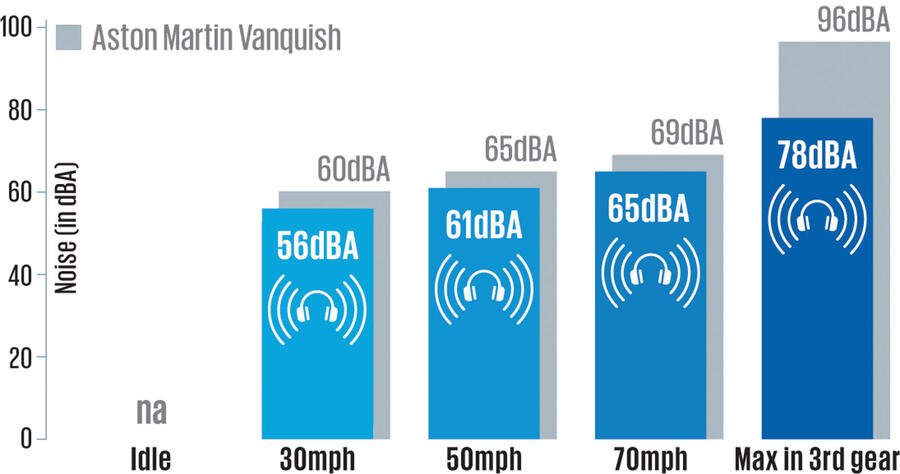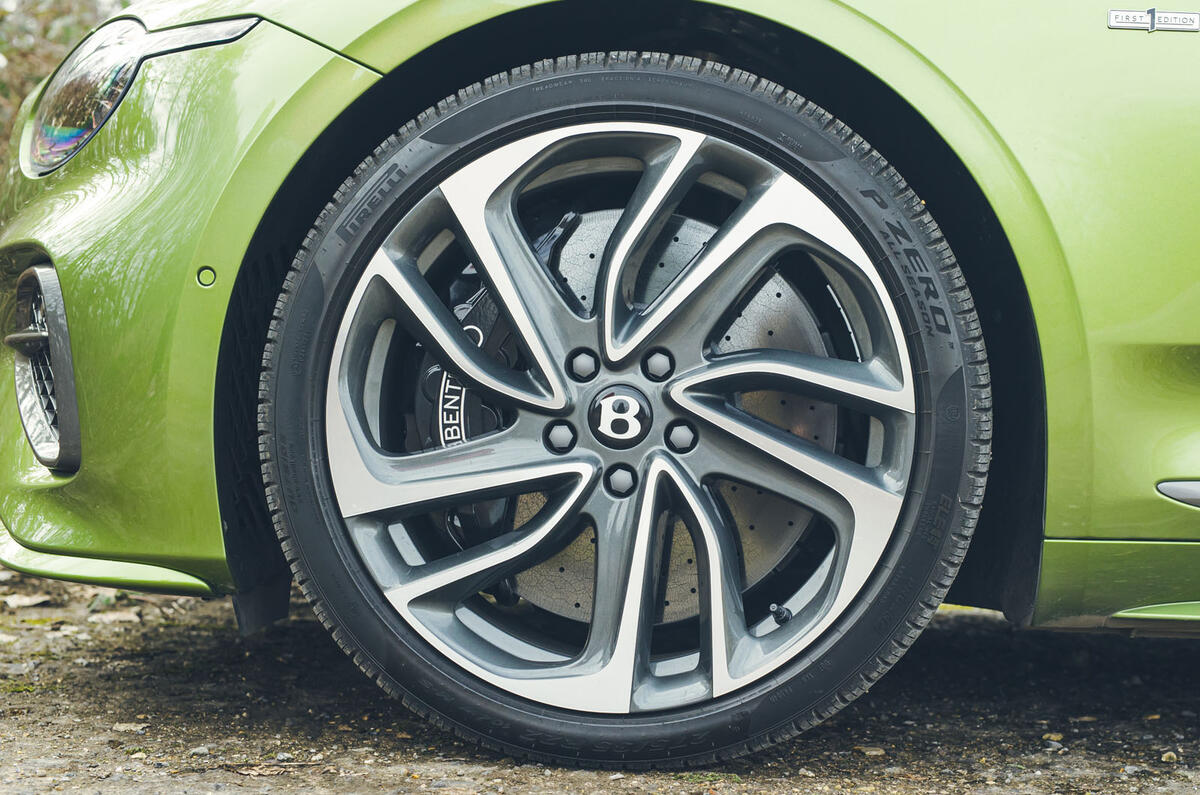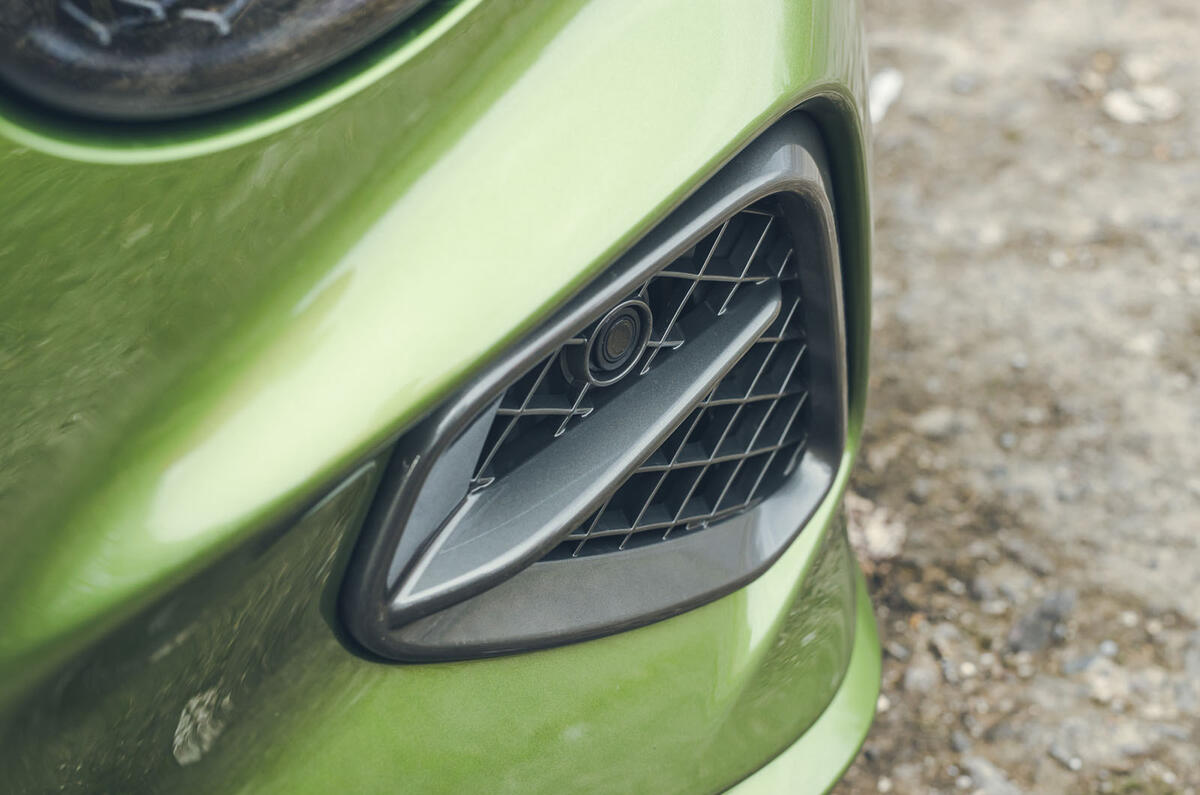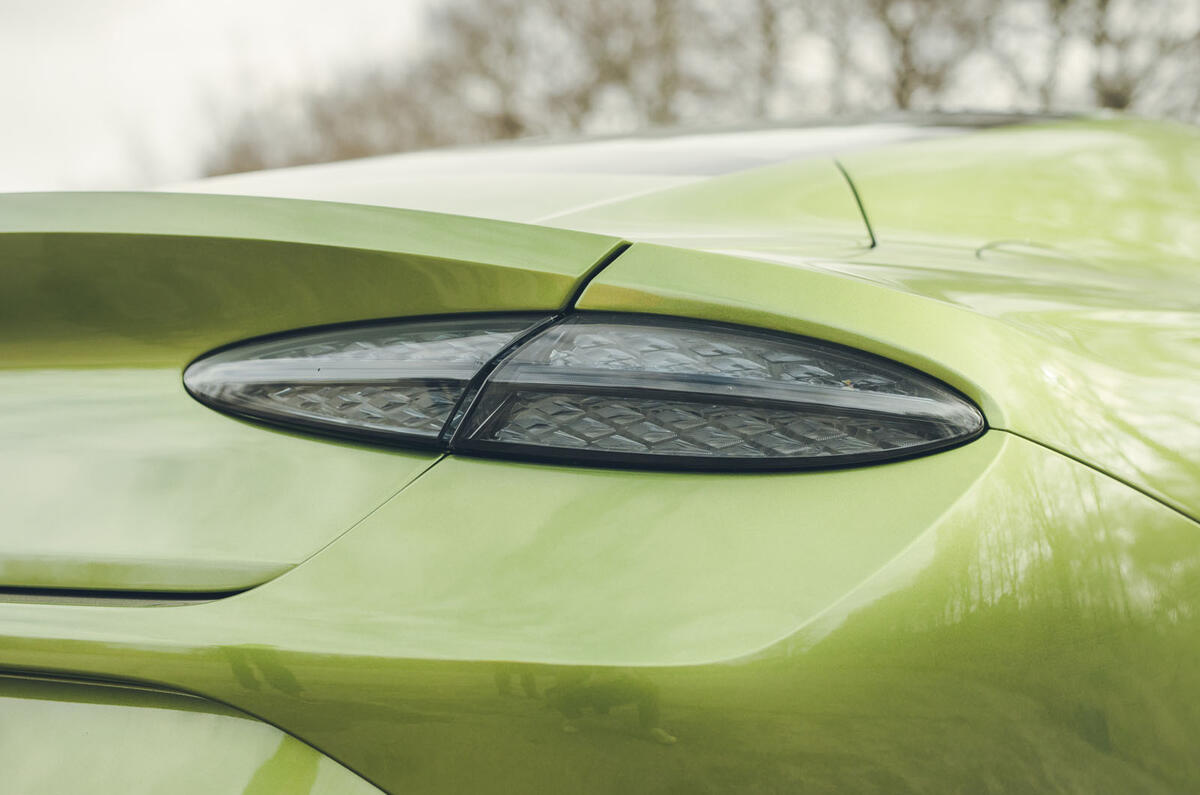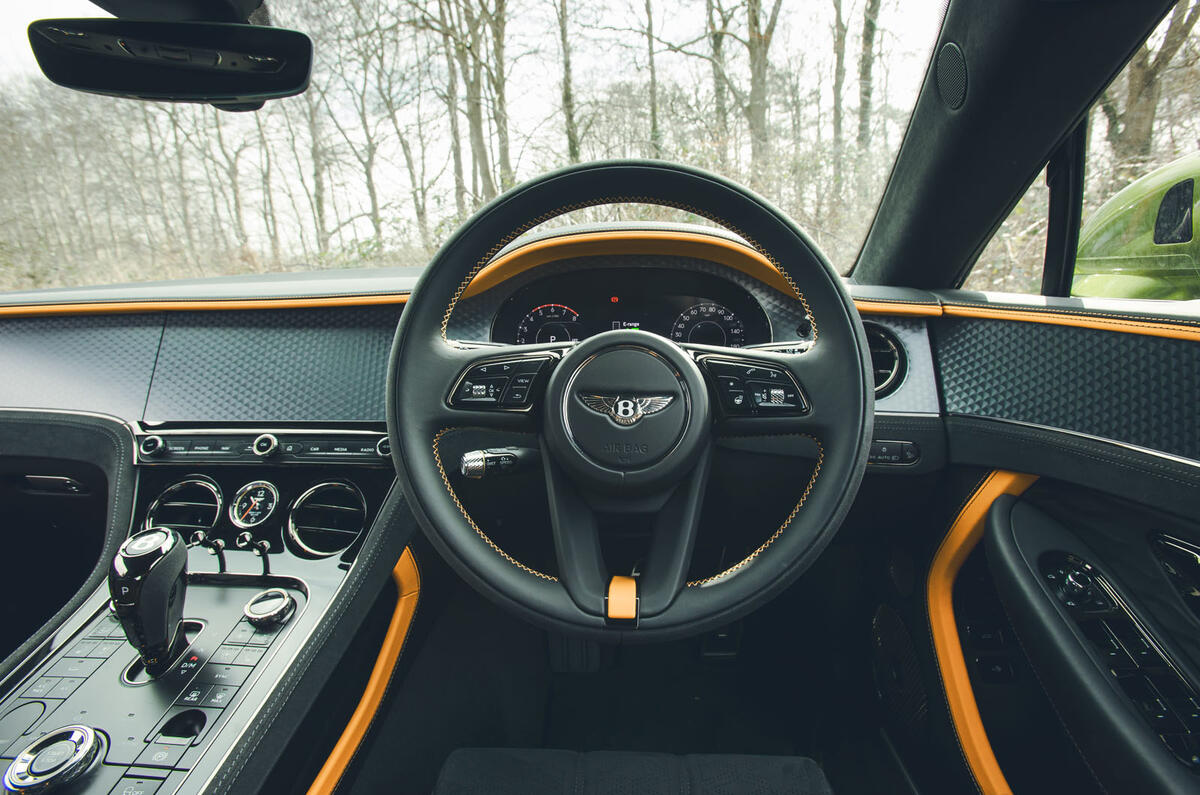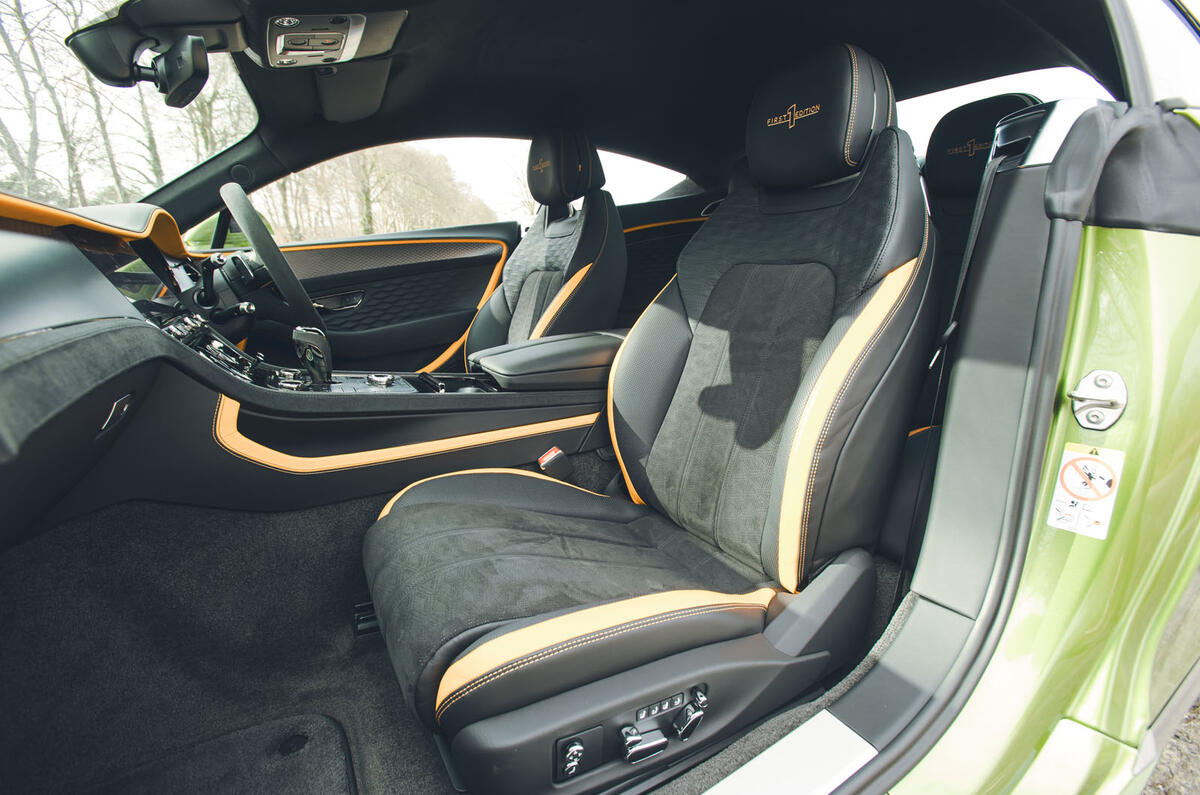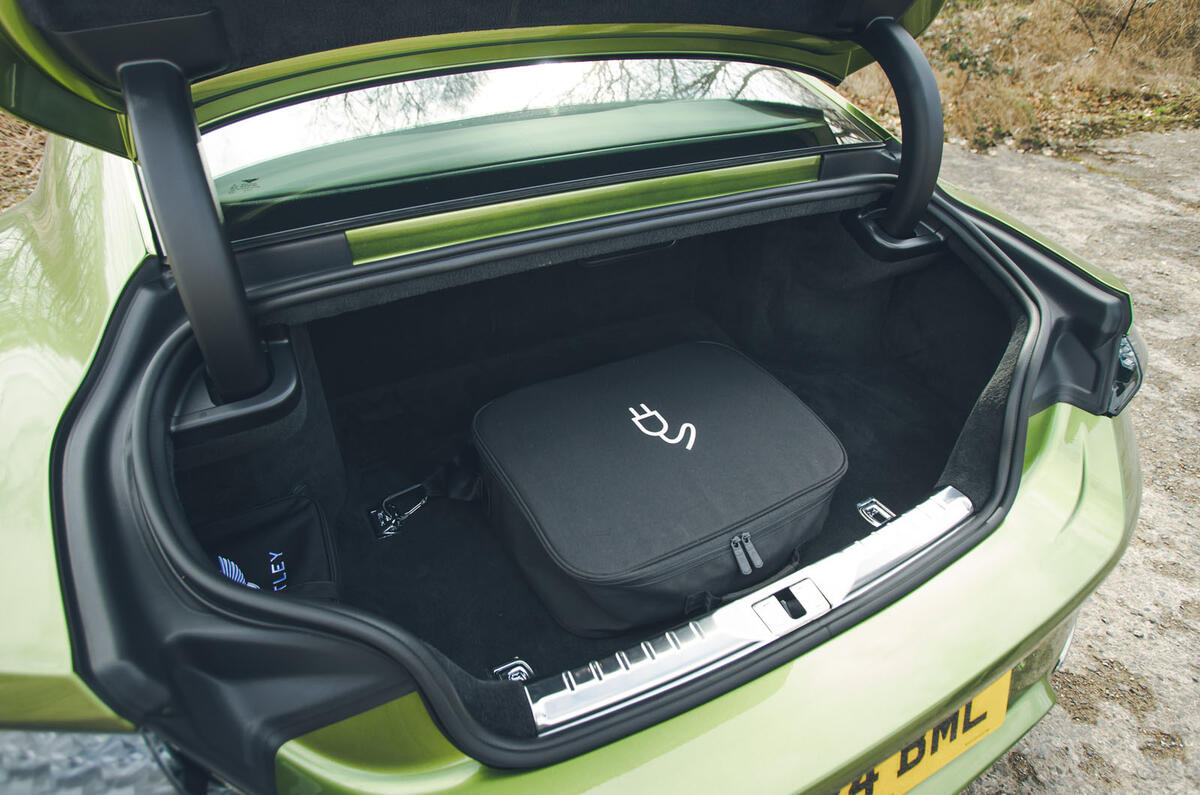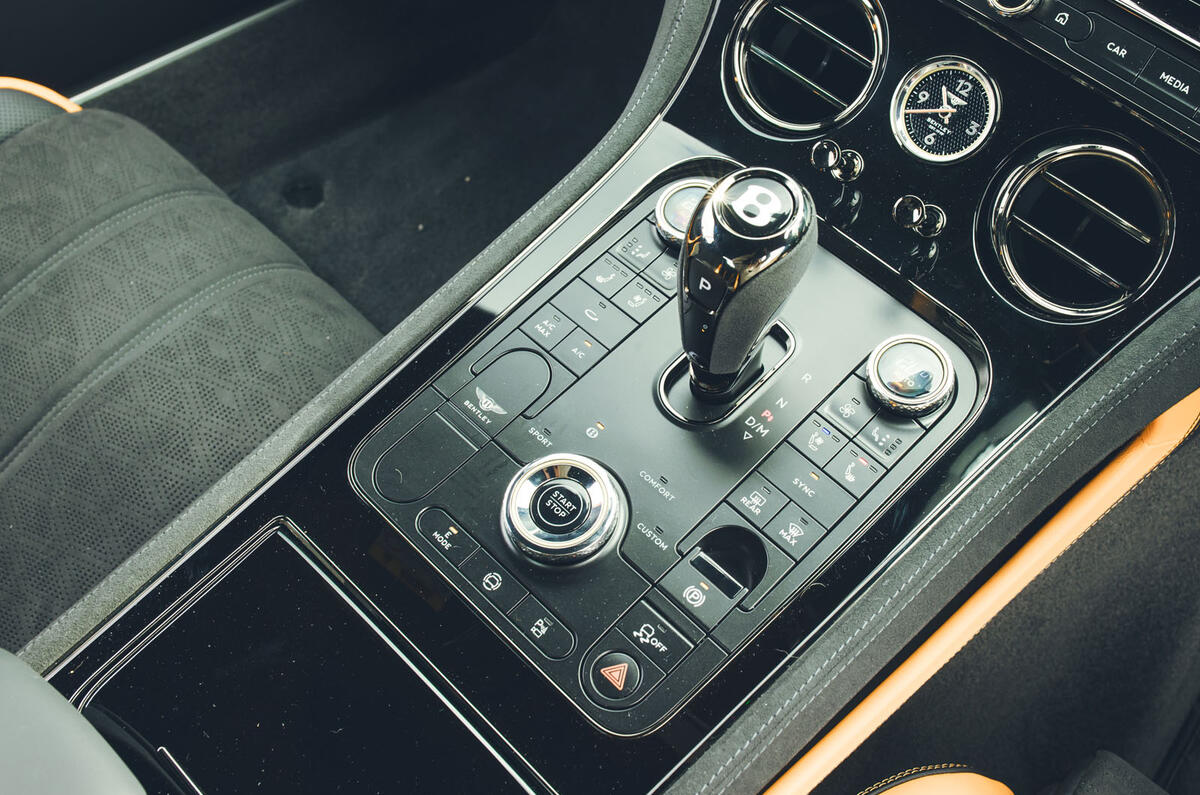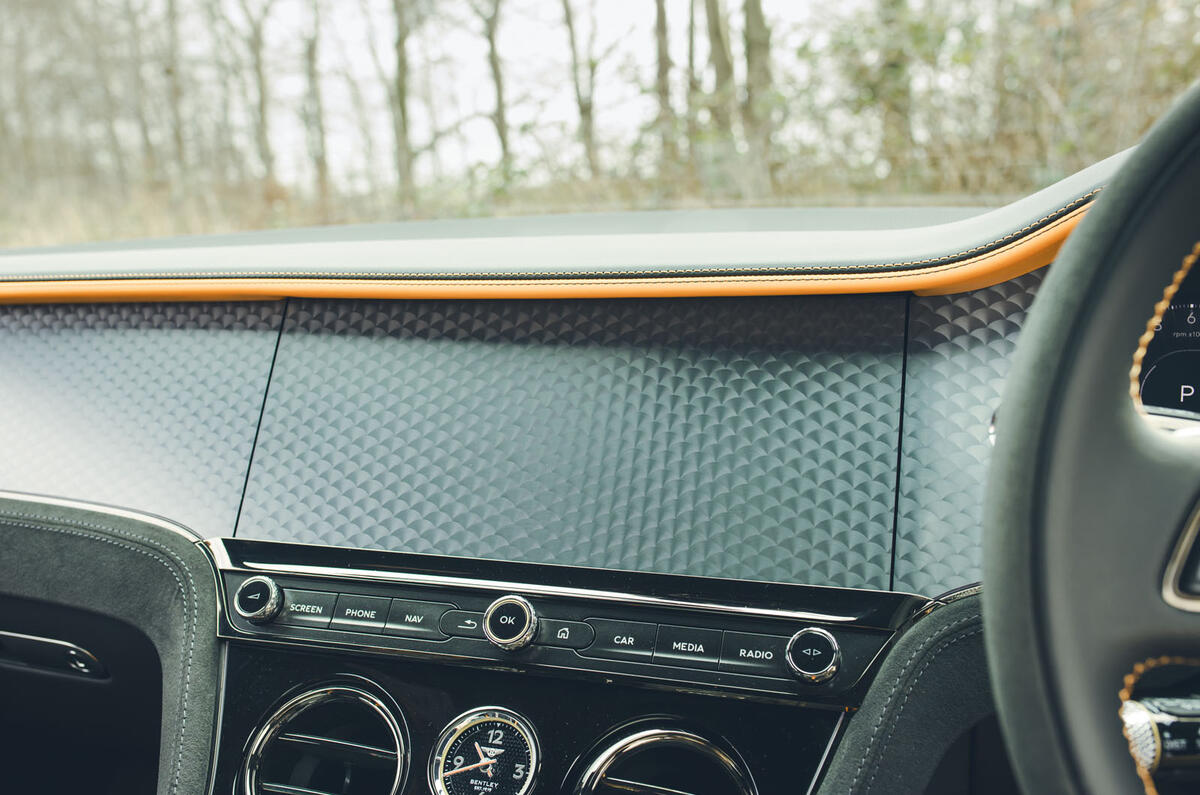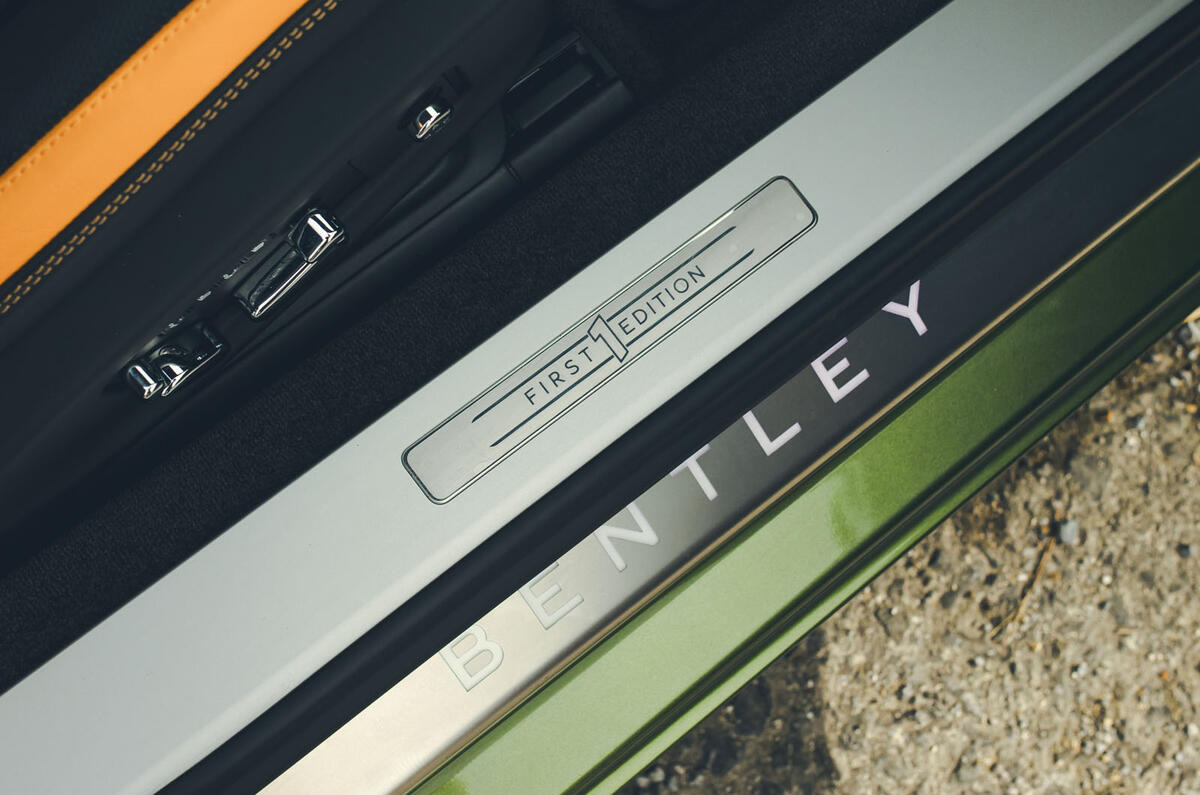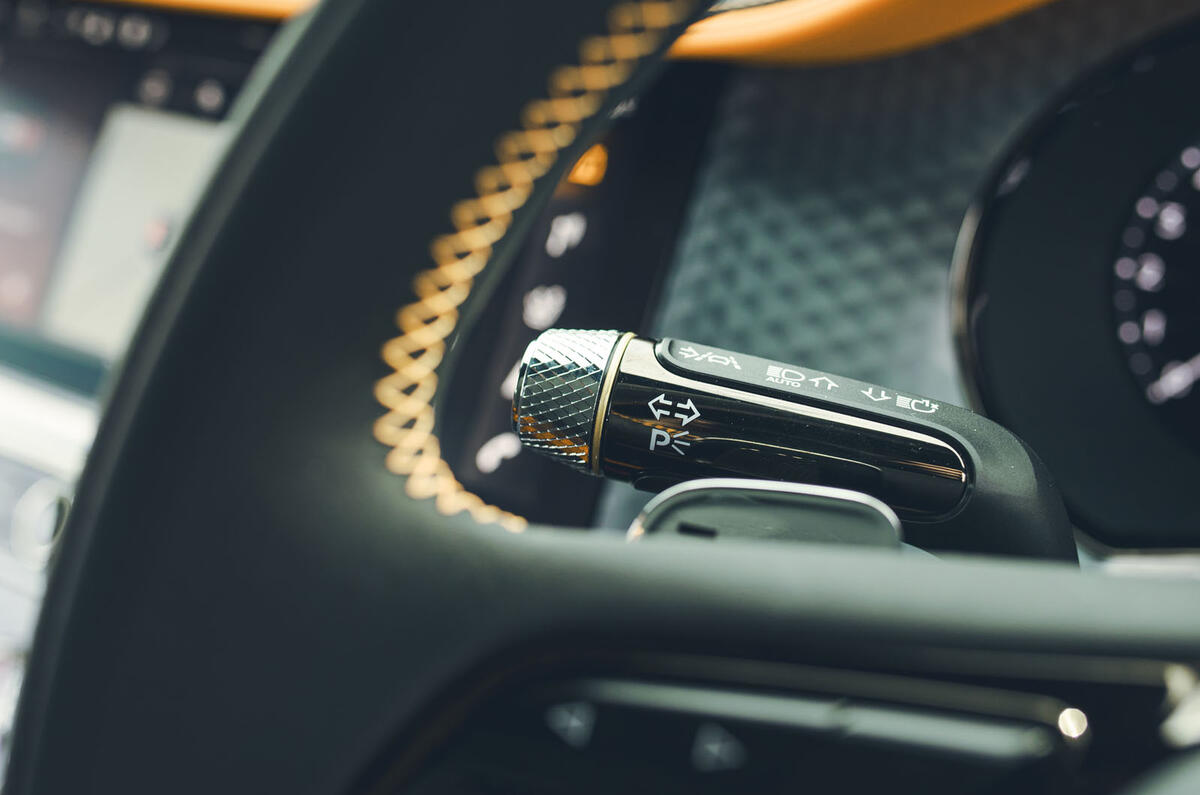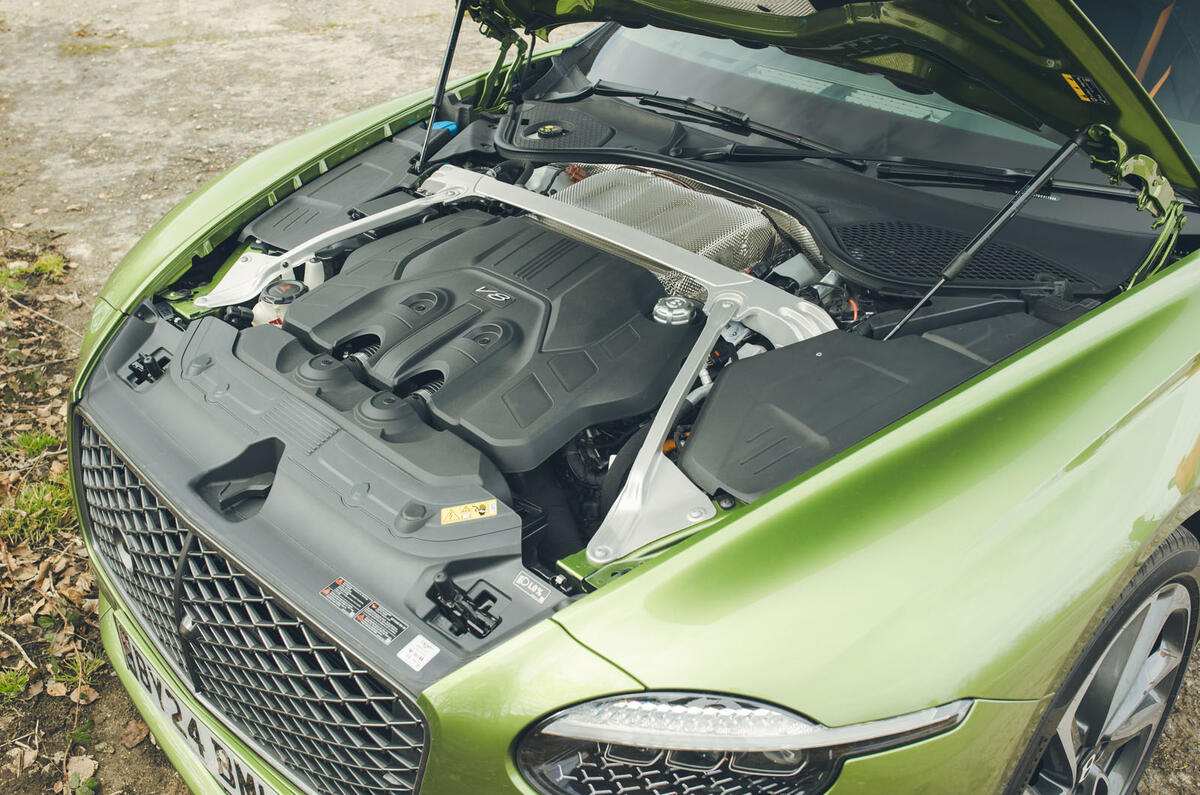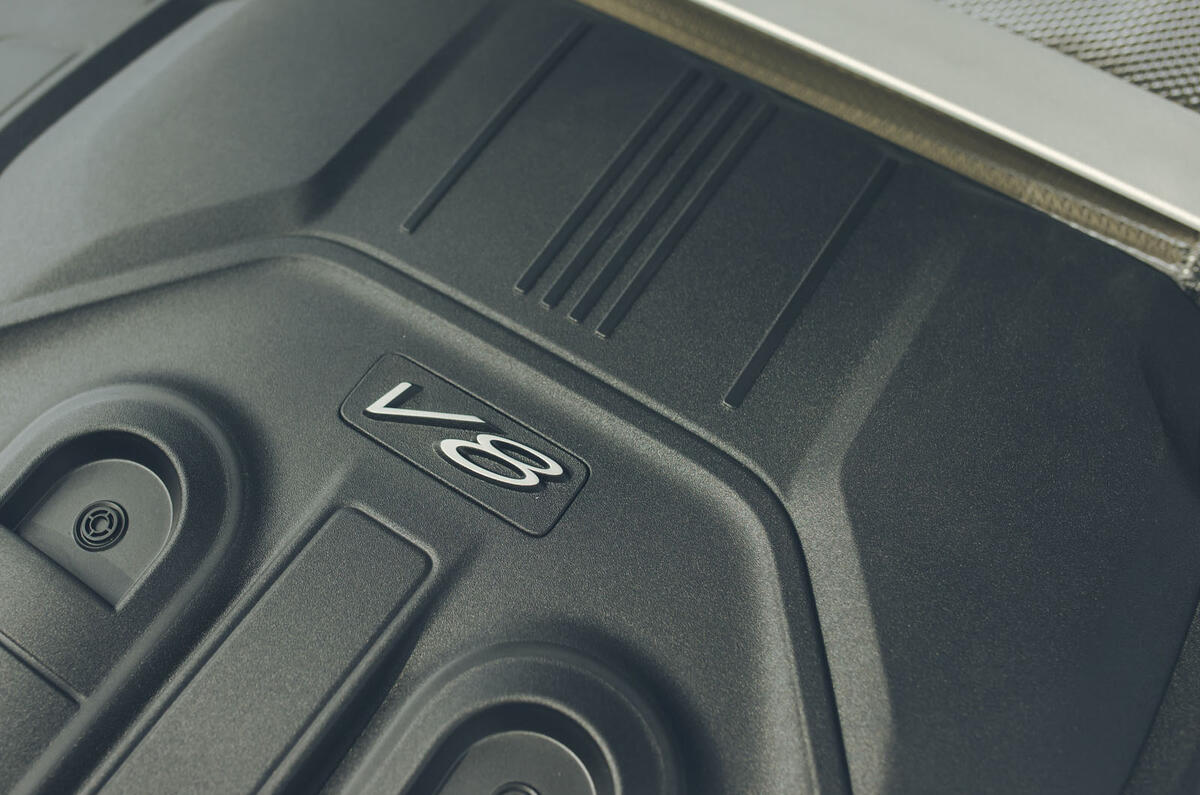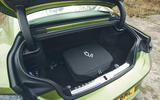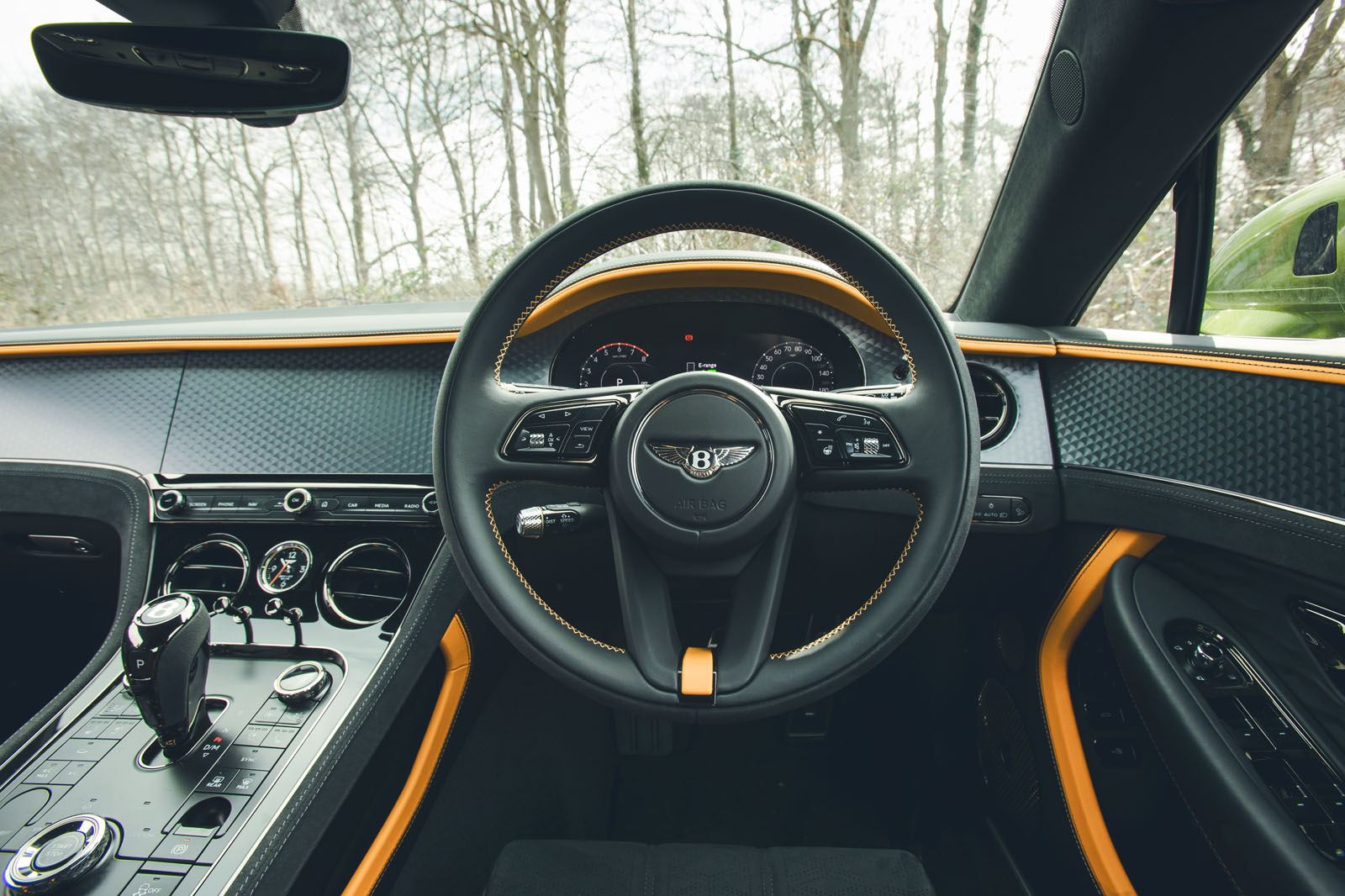There is something particularly enticing about the cabin ambience that results when a manufacturer like Bentley, a habitual provider of opulent luxury in painstaking handmade terms, embarks on a rousing performance treatment. Precisely because it doesn’t seek to save weight or compromise on richness, it can end up creating a real of sense of occasion, and a boldness beyond its usual brief. Somehow you get more of everything, less of nothing.
The cabin of the new Continental GT Speed feels a lot like that. Its layout is very familiar because, while some of the materials used have changed, and the car’s display and multimedia technology has been uprated, this is fundamentally the same cockpit that the third-generation GT had. And so it’s lavishly finished, enveloping and comfortable, and traditional in as many ways as it is progressive.
Our First Edition test car has Bentley’s optional top-level massage seats, both heated and ventilated, with ‘postural adjustment’ pneumatic pockets under your backside and back. As ever in a Bentley, they don’t quite let you sit fully sports-car-low, because Crewe prefers its own compromise on visibility and ease of access. They’re a little slim in the backrest, but not at all aggressively bolstered, and very comfortable over distance.
A generous number of physical secondary controls are provided on the centre console, while the metallic finish on the ‘organ stop’ vent shutters, column stalks and steering wheel spoke knobs really does feel as authentic as it looks.
Second-row passenger space is unchanged: it’s generous for a 2+2, but taller adults won’t want to sit there and there’s only room for two, with oddment storage in between.
Boot space is reduced. The 800mm of loading length in the third-generation GT comes down to a 730mm maximum, presumably with hybrid-specific systems taking up some room. There’s enough cargo space left over for one larger suitcase, or a couple of smaller ones, but no longer enough to call this a generous touring load bay by modern GT-class standards.
Multimedia
The GT’s 12.3in multimedia display’s layout, appearance and usability regime have all changed. There’s still a toolbar of shortcuts on the right margin of the screen, but there are also lots of physical hard keys underneath it and on the centre console that make adjusting something – from ADAS functions to radio stations – rarely more than a simple two- or three-stage process (there are also particularly tactile knurled physical heater controls).
You don’t get Bentley’s rotating infotainment screen as standard, but it’s a lovely addition. Press the ‘screen’ button once and the display rotates quietly away, to be replaced by a trio of analogue dials that could be borrowed from a 1950s R-Type Continental. Or hold down the button and a third side is revealed, covered in even more of whatever delectable fascia veneer you have selected from Bentley’s catalogue.

